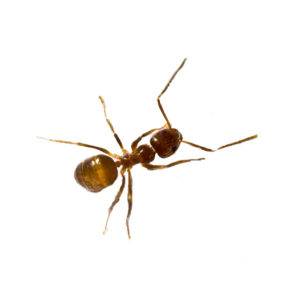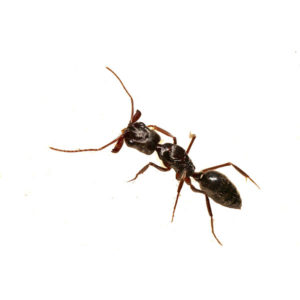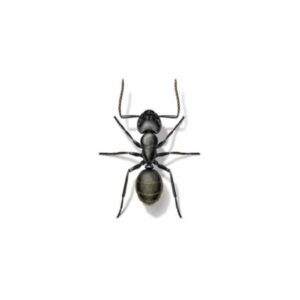Fire Ants in Eastern Tennessee
The fire ant gets its name from the burning sensation produced when it stings. A single fire ant can sting and bite its victim repeatedly. When a fire ant mound is disturbed, workers immediately run to the surface. Attacks by fire ants are coordinated as hundreds of workers sting simultaneously. Feeding on almost any plant or animal material, fire ants also feed on other insects. Unlike most venomous ants, fire ants bite to hold their prey and then use the stinger in their abdomen to deliver venom.
Fire Ant Habitat
Attracted to moisture, fire ants nest near rivers, well-watered lawns, and potted plants. Aggressive in nature, they push out native ant species in the area, disturbing ecosystems. Undisturbed fire ant mounds are frequently located in sunny areas, dome-shaped, and up to one foot high. Fire ants reproduce at an alarming rate and can spread throughout a lawn or open area quickly. Fire ants are omnivores, meaning they will feed on animal or vegetable sources of food. When foraging for food, aggressive fire ants gain access to homes through cracks, crevices, gaps under doors, windows, or walls.
Fire Ant Behaviors, Threats, or Dangers
The painful sting delivered by fire ants can be a serious threat to humans and animals. For many people, the immediate burning sensation goes away in a few minutes. However, hive-like bumps occur at the sting site within 30 minutes and pimples with yellow fluid occur within 24 hours after being stung. Additionally, colony-building can damage plants, lawns, and outdoor electrical fixtures. Due to the serious threat posed to people and their pets, if a mound is spotted, it is best to leave it alone. If you suspect a fire ant mound on your property, contact a professional ant exterminator. Don’t wait until your home is overrun by ants. Contact Johnson Pest Control today!
Need help with Fire ants?
We'll call you! Leave your information below.




